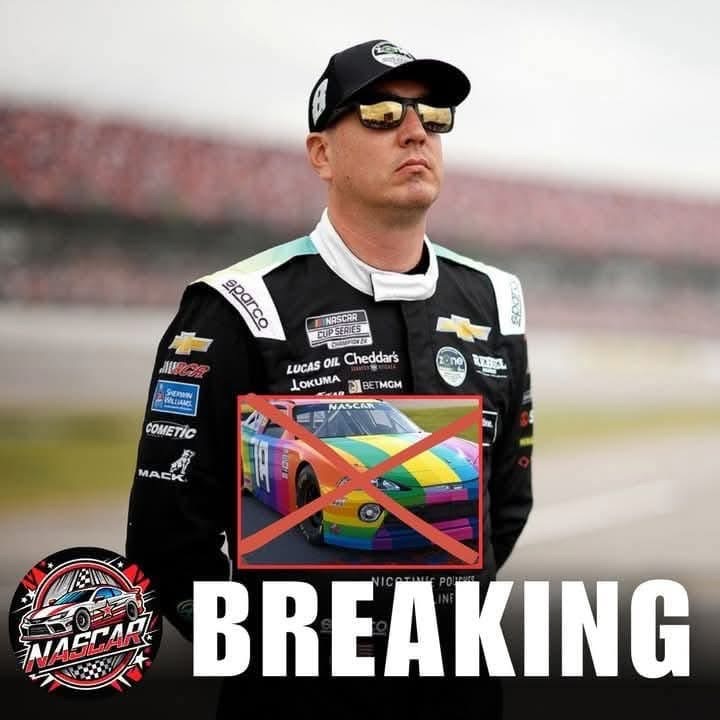On February 18, 2001, during the final lap of the Daytona 500, NASCAR legend Dale Earnhardt Sr. was involved in a fatal crash that profoundly impacted the racing community and led to significant safety reforms within the sport. Known as the “Intimidator” for his aggressive driving style, Earnhardt’s death at 49 shocked fans and drivers alike.
In the race’s final moments, Earnhardt was vying for third place, closely trailing his son, Dale Earnhardt Jr., and Michael Waltrip. As he maneuvered to block other competitors, his car made contact with Sterling Marlin’s vehicle, causing Earnhardt to lose control and collide head-on into the concrete wall at approximately 160 mph. The impact resulted in a basilar skull fracture, a fatal injury that had claimed the lives of other drivers in the preceding months.
The tragedy served as a catalyst for a comprehensive overhaul of NASCAR’s safety protocols. One of the most significant changes was the mandatory implementation of head and neck restraint systems, specifically the HANS (Head and Neck Support) device, which helps prevent fatal skull fractures by restricting head movement during crashes. Despite initial resistance from drivers, NASCAR mandated the use of the HANS device in its top three series by October 2001.
In addition to driver restraints, NASCAR focused on enhancing vehicle and track safety. The organization collaborated with experts to develop the Car of Tomorrow, introduced in 2007, which featured improved roll cages and energy-absorbing materials to better protect drivers during collisions. Tracks were also required to install SAFER (Steel and Foam Energy Reduction) barriers, designed to reduce the force of impacts against walls.
The establishment of the NASCAR Research & Development Center in 2002 further underscored the sport’s commitment to safety innovation. This facility has been instrumental in ongoing research and the implementation of measures that have, remarkably, prevented any driver fatalities in NASCAR’s top three series since Earnhardt’s passing.
Dale Earnhardt Sr.’s untimely death was a pivotal moment in motorsports history, prompting a safety revolution that has undoubtedly saved lives and continues to influence racing standards today.










